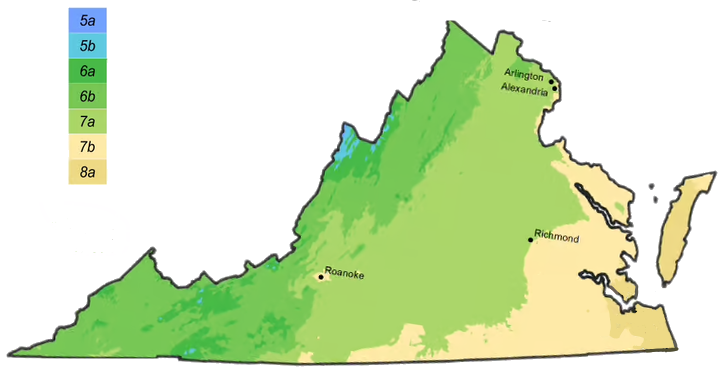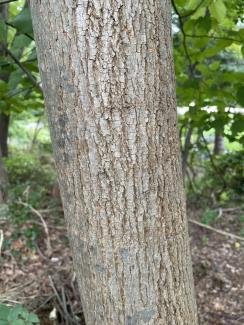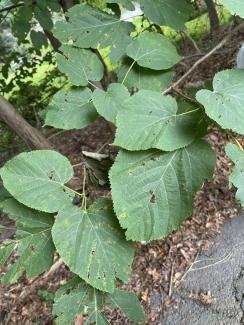Common Name
American basswood
American linden
Bee tree
Plant Form
Large Trees
Duration
Perennial
Max Height (ft)
80.0
Growth Rate
Medium
Region
Coastal
Piedmont
Mountain
Hardiness Zone
5,
6,
7,
8

Additional Info
Habitat: Northern forest, upland mesic, north and east slope aspects, areas of cool air drainage
Wildlife value: This plant provides nectar for pollinators and is a larval host plant for Eastern tiger swallowtail, red-spotted purple and mourning cloak butterflies. Seeds eaten by birds and squirrels. Bees and other pollinating insects enjoy the nectar from the flowers. Attracts lightning bugs
Notes: It is easy to transplant, is tolerant of clay soil, and adaptable to dry, rocky soils. Virginia is in the southern end of its range. This may be problematic with global warming. Tolerates light shade. Fragrant flowers
Flower Color
Cream/White
Gold/Yellow
Flower Prominence
Conspicuous
Bloom Time
Spring
Early Summer
Late Summer
Bloom Month
May
June
July
Light Requirements
Full sun
Partial sun
Moisture Requirements
Moist
Soil Texture
Clay
Loamy
Sandy
Low Maintenance
Yes
Good Choice for Public Spaces
Yes
Seed or Fruit eaten by wildlife?
Yes
Pollinators
Bees
Butterfiles
Top 30 for Butterfly and Moth Caterpillars?
Yes
Number of Lepidotera Species Genus Supports
150
Tolerates

